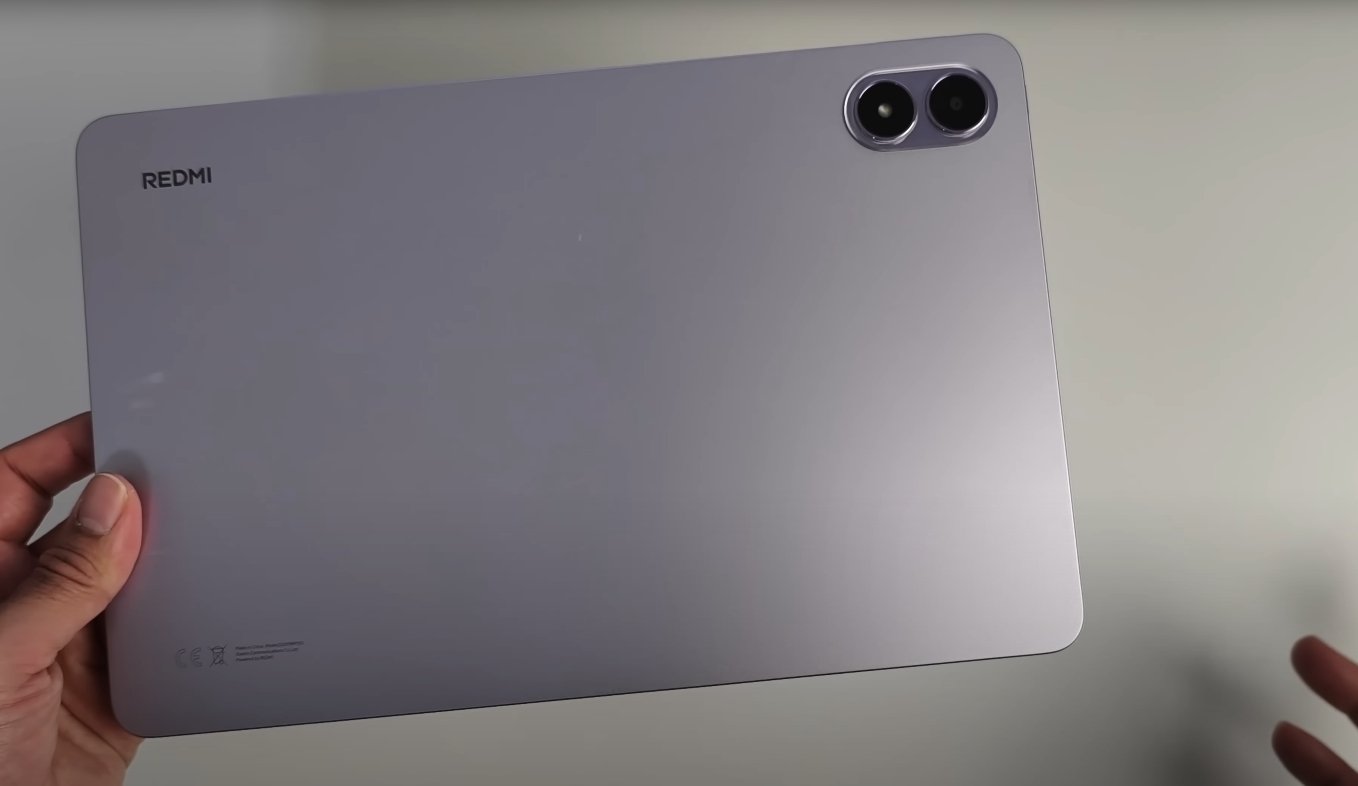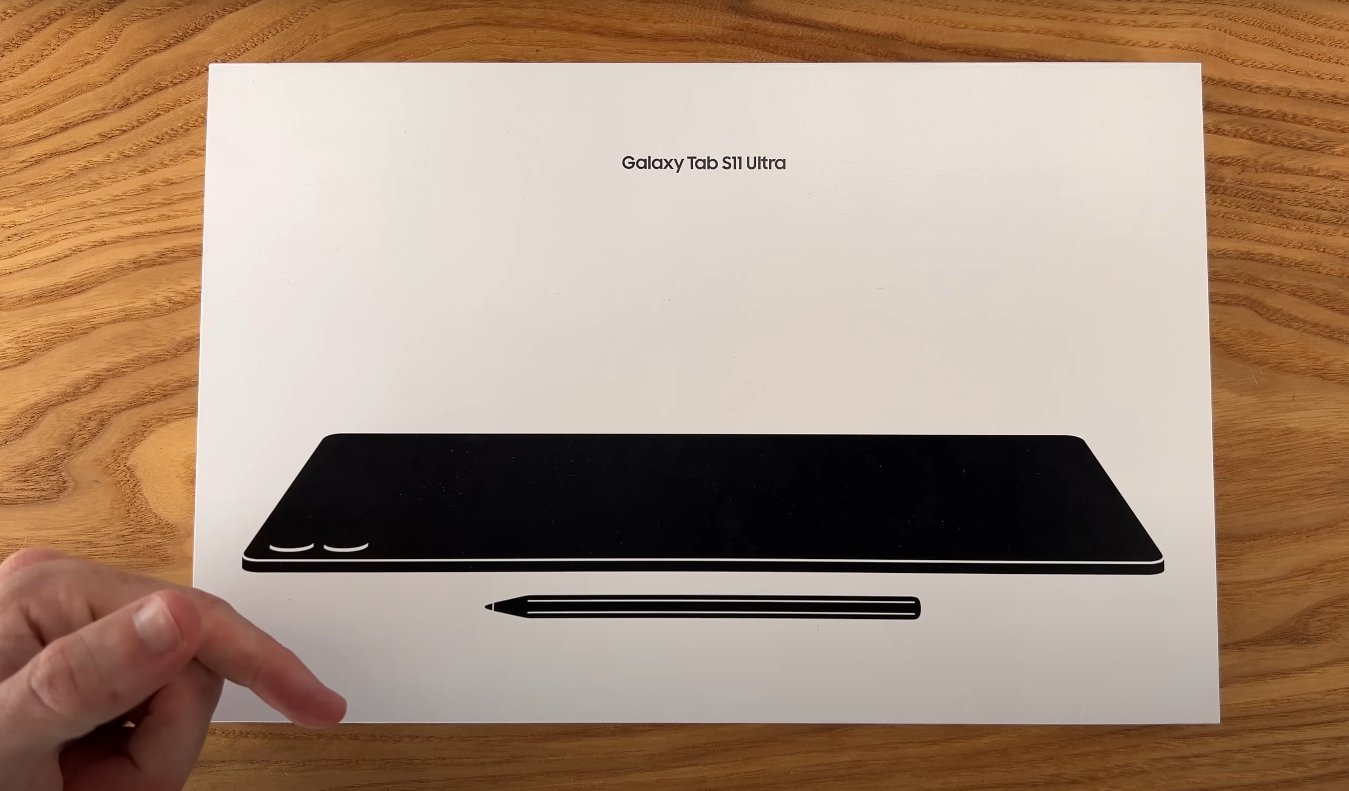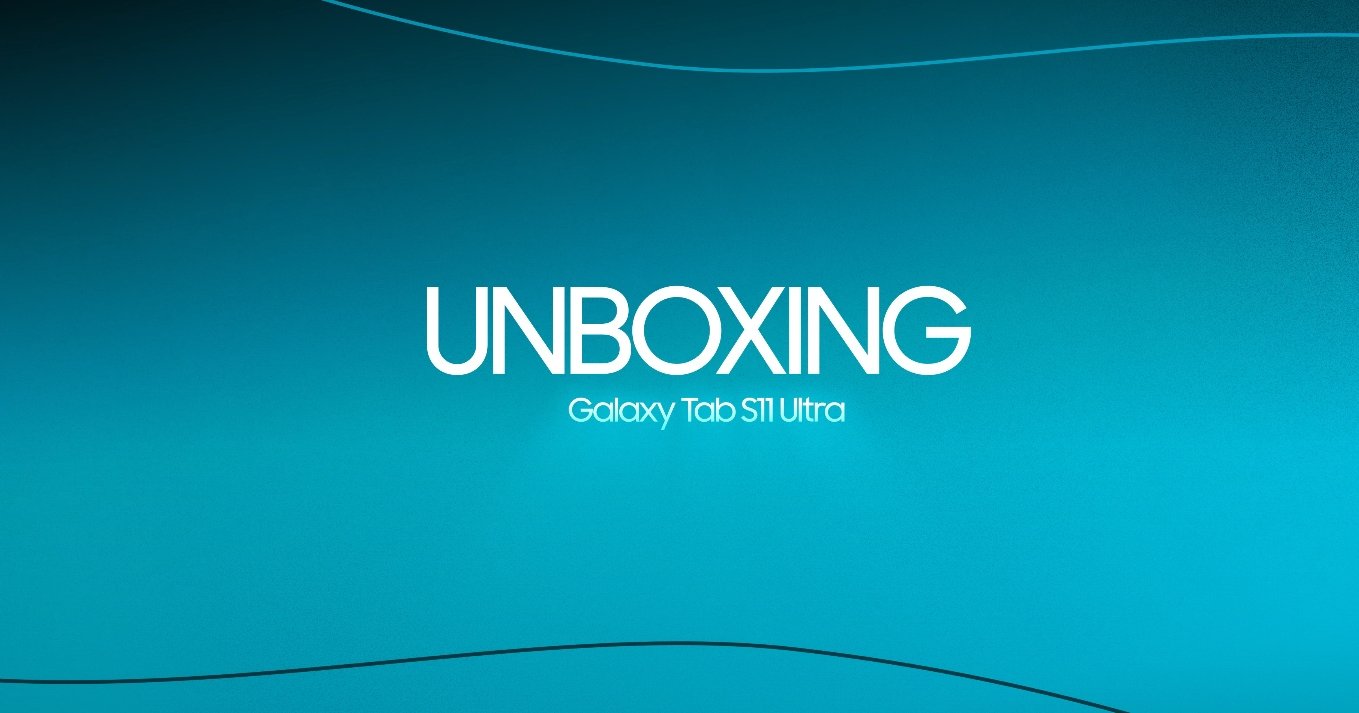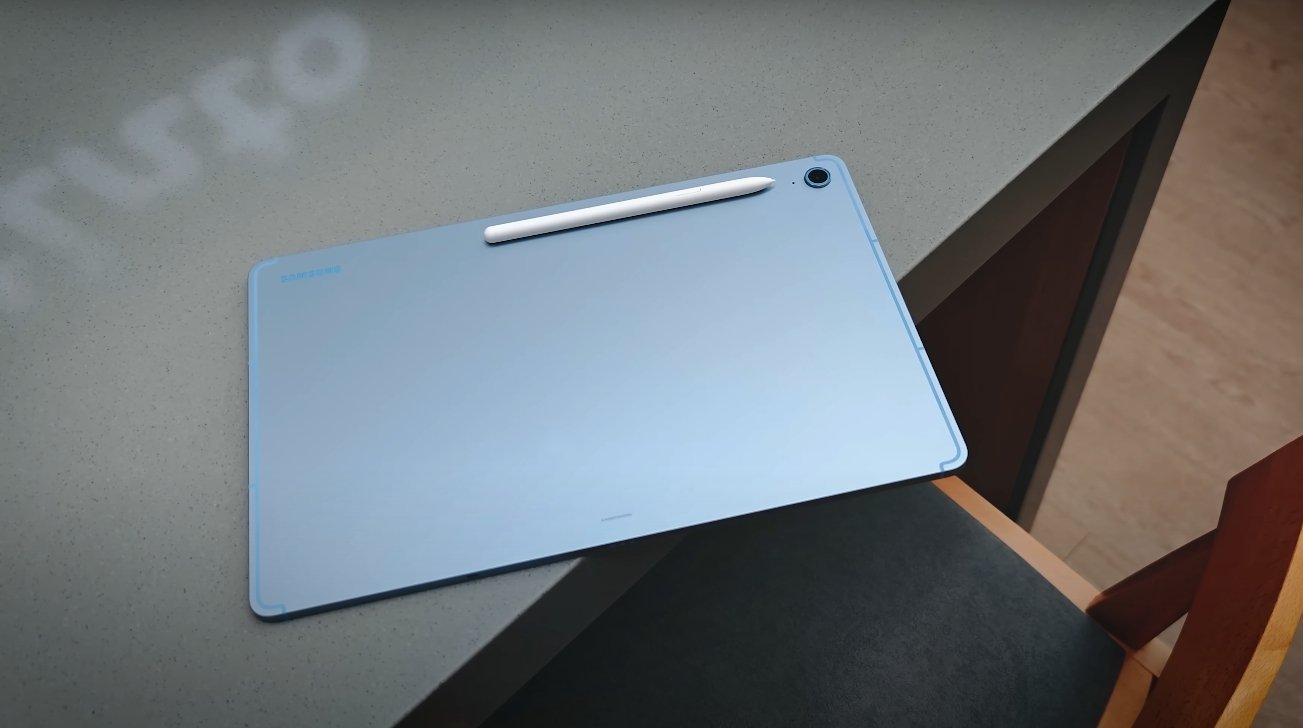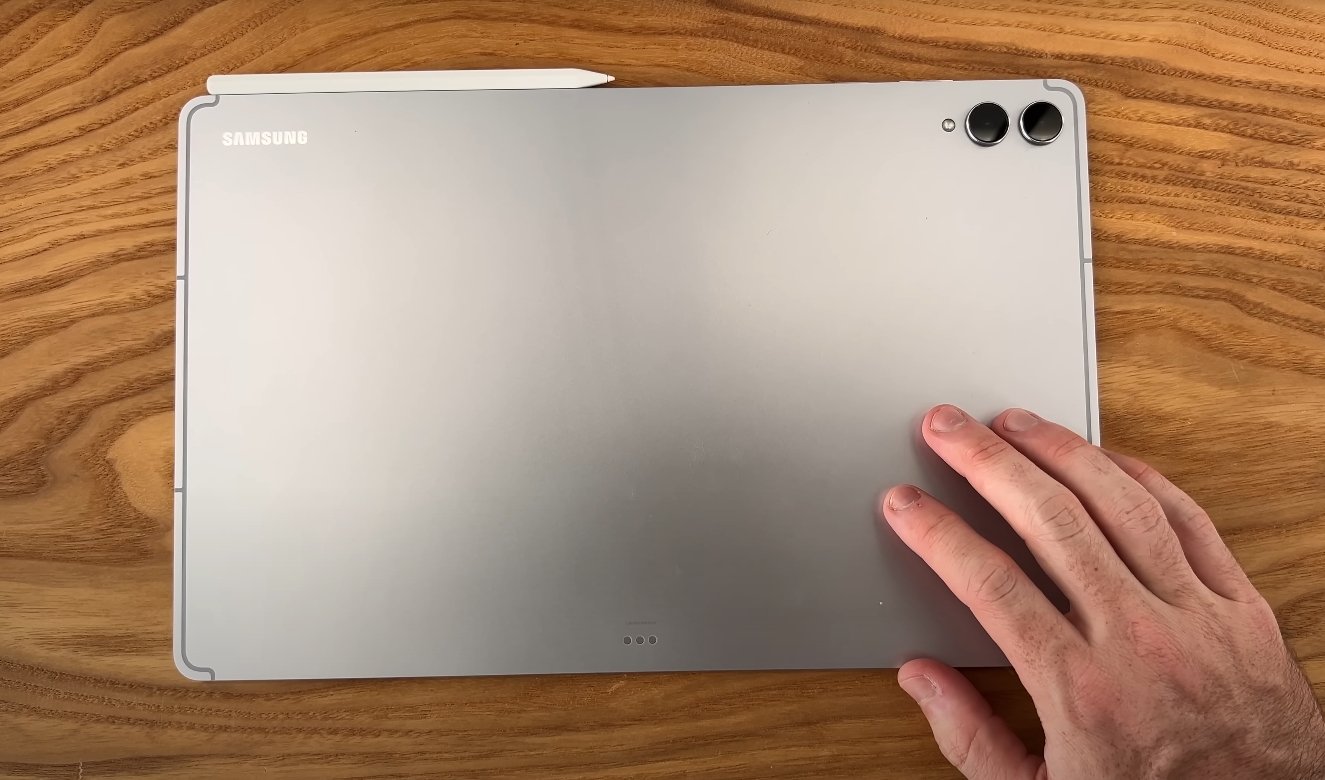Display Comparison: Samsung Galaxy Tab S11 Ultra and Lenovo Tab Extreme
The display is one of the most important aspects of a tablet, affecting everything from media consumption to productivity and creative work. The Samsung Galaxy Tab S11 Ultra and Lenovo Tab Extreme are two premium tablets that offer high-end displays, but each takes a slightly different approach to size, brightness, and color performance. Comparing their displays provides insight into which device might be more suitable for various user needs.
The Samsung Galaxy Tab S11 Ultra features a 14.6-inch Dynamic AMOLED 2X display with a resolution of 2960×1848 pixels. This AMOLED panel provides vibrant colors, deep blacks, and excellent contrast, making it ideal for watching movies, playing games, and editing visual content. The tablet supports a 120Hz refresh rate, ensuring smooth scrolling, responsive touch interactions, and fluid animations. With a peak brightness of 1600 nits, the Tab S11 Ultra remains visible even under direct sunlight, which is beneficial for students or professionals who often use their tablet outdoors. Additional features like HDR10+ support and an anti-reflection coating further enhance the viewing experience by offering better dynamic range and reducing glare.
In contrast, the Lenovo Tab Extreme comes with a 14.5-inch OLED display boasting a slightly higher resolution of 3000×1876 pixels. This results in a higher pixel density, providing sharper text and finer details, which is particularly advantageous for reading, note-taking, or graphic design work. Like the Tab S11 Ultra, it also supports a 120Hz refresh rate, allowing for smooth animations and responsive interactions. The Lenovo Tab Extreme has a peak brightness of 500 nits, which is lower than the Tab S11 Ultra but still sufficient for indoor usage and moderate outdoor environments. Its support for HDR10+, Dolby Vision, and the DCI-P3 color gamut ensures accurate color reproduction, making it well-suited for content creators, designers, and anyone who prioritizes color fidelity.
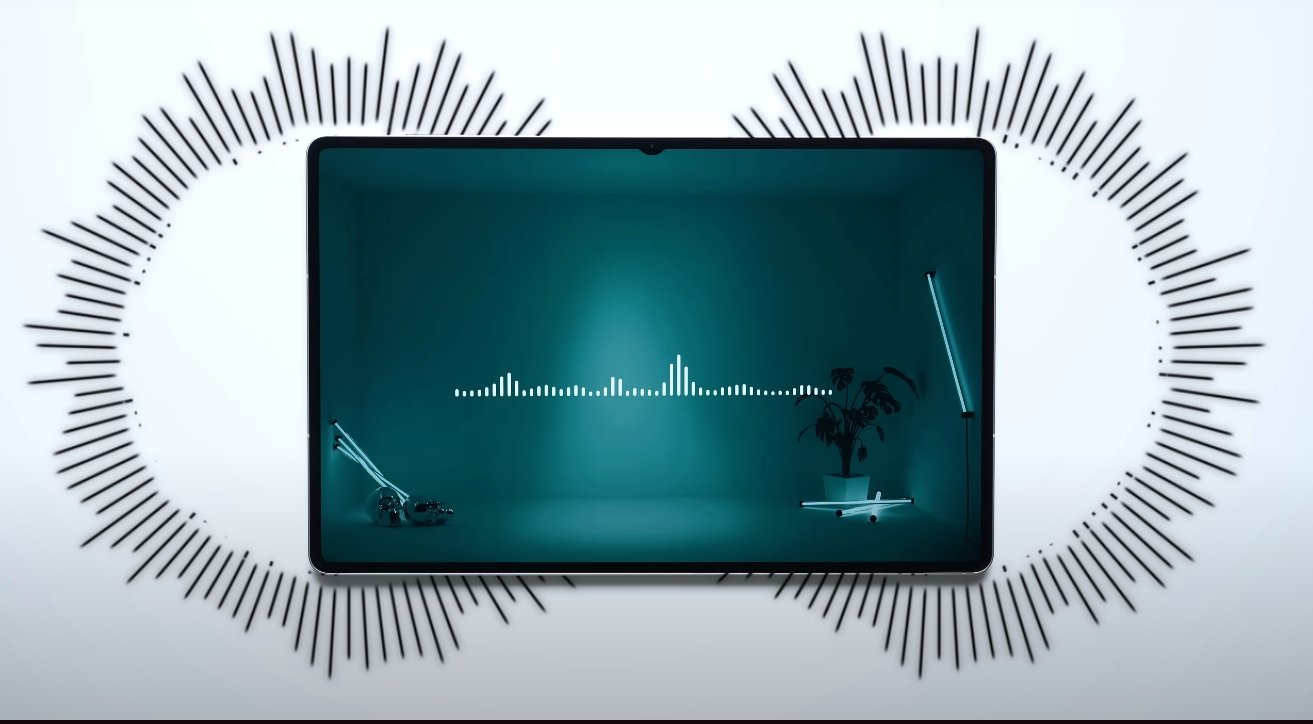
When comparing size and usability, both tablets are similar, though the Tab S11 Ultra is slightly larger at 14.6 inches compared to the Lenovo Tab Extreme’s 14.5 inches. The larger AMOLED display of the Tab S11 Ultra offers richer contrast and deeper blacks, which is ideal for entertainment and immersive viewing. The Lenovo Tab Extreme’s OLED screen, with its higher resolution and color accuracy, excels in tasks that require detail and precision. Users who work extensively with graphics or video editing may find the Lenovo display more advantageous, while those who primarily consume media may prefer the vivid contrast of the Samsung AMOLED panel.
Brightness and outdoor visibility also distinguish these two devices. The Tab S11 Ultra’s 1600-nit peak brightness outperforms the Lenovo Tab Extreme’s 500 nits, making it the better choice for outdoor activities or brightly lit environments. This higher brightness level ensures that colors remain vivid and content is readable even in direct sunlight. Meanwhile, the Lenovo Tab Extreme, while slightly dimmer, offers a wide color gamut and Dolby Vision support, which benefits users focusing on professional content creation, digital art, or detailed photo editing.
Color accuracy and HDR support are crucial for both media and productivity applications. The Tab S11 Ultra provides HDR10+ support and a vibrant AMOLED panel, which delivers visually striking content with high contrast. The Lenovo Tab Extreme also supports HDR10+ and Dolby Vision, along with the DCI-P3 color gamut, giving it an edge in professional applications where precise color representation is necessary. While both tablets provide excellent color performance, the choice depends on whether users prioritize entertainment or professional work.
In terms of overall user experience, the Samsung Galaxy Tab S11 Ultra is geared toward users who value vivid visuals, high brightness, and an immersive media experience. Its AMOLED panel with anti-reflection coating makes it ideal for multimedia, streaming, and gaming. The Lenovo Tab Extreme, with its higher resolution OLED display and Dolby Vision support, caters to professionals, students, and content creators who require accuracy, clarity, and detail for design work, research, or productivity tasks.
In conclusion, both tablets offer outstanding displays with distinct strengths. The Samsung Galaxy Tab S11 Ultra excels in brightness, contrast, and immersive viewing, making it ideal for media consumption and general use in various lighting conditions. The Lenovo Tab Extreme provides superior resolution, precise color accuracy, and professional-grade HDR support, making it better suited for creative work and tasks that demand detailed visuals. Ultimately, choosing between these two tablets depends on the user’s primary needs—whether the focus is on vivid entertainment or precise, professional-grade visual performance. Both devices showcase the evolution of premium tablet displays, highlighting Samsung’s strength in AMOLED technology and Lenovo’s focus on OLED precision and professional usability.


